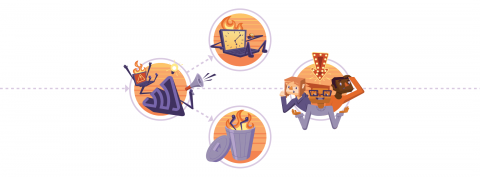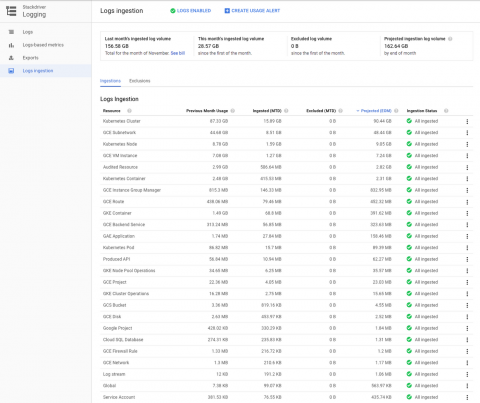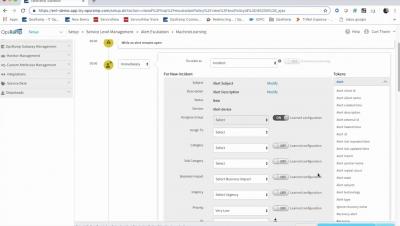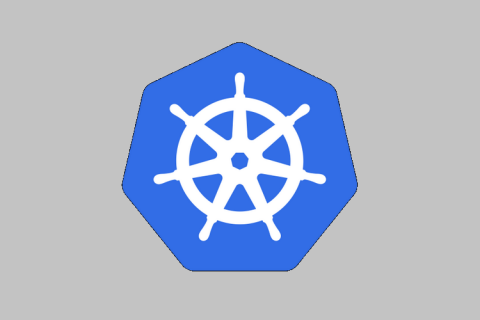The Sentry Workflow - Triage
We get it — errors suck. And you don’t want to spend too much of your time fixing them, dealing with them, investigating them, etc. In our Workflow blog post series, we’ll help you optimize your, well, workflow, from crash to resolution. To quote “the second-most frequently quoted writer in The Oxford Dictionary of Quotations after Shakespeare,” Alexander Pope, “to err is human.” There will always be errors, even in code written by the best developers.











